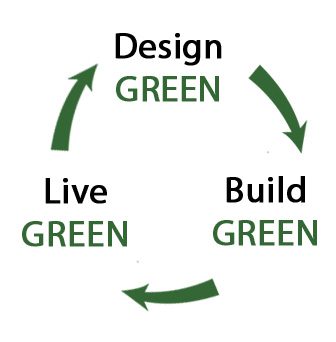 During the winter months, many families gather around their home’s fireplace. A fire in the fireplace creates a warm and cozy atmosphere, but don’t expect it to add heat to your home. As little as 10 percent of the heat from a fire in an open masonry fireplace radiates into the house.
During the winter months, many families gather around their home’s fireplace. A fire in the fireplace creates a warm and cozy atmosphere, but don’t expect it to add heat to your home. As little as 10 percent of the heat from a fire in an open masonry fireplace radiates into the house.
The National Association of Home Builders’ MyHome Press has published a handbook for home owners, “Home Maintenance Made Easy,” and the excerpt below contains helpful advice on how to safely build fires and maintain your fireplace.
Wood Burning Fireplaces
Your fireplace will add elegance and warmth if you use it safely and have it cleaned by a chimney cleaning professional at least once every five years (two years if you use it frequently). A wood-burning fireplace should be equipped with andirons (or a grate) and a well-fitting screen. It may have glass doors as well.
If you are in a newer home with a fresh air vent to supply the fireplace with combustion air, open it and the damper before you start a fire. Then remember to close both when you are not using the fireplace so warm air will not escape in the winter and cool air will not escape in the summer.
Build fires on the andirons or grate—not directly on the fireplace floor. Seasoned hardwood is the best fuel. Do not burn pine logs in your fireplace; they contain a tar that can start a fire in the chimney if it accumulates. Do not burn trash in the fireplace. Never use kerosene, gasoline, charcoal lighter fluid, or other highly flammable liquids to start a fire.
Begin with a small fire to allow the components of the fireplace to heat up slowly. Burn kindling and newspaper under the grate; stack two to three layers of logs with air space between them, placing the largest logs to the rear. You can burn one sheet of paper atop the stack to help the chimney start to draw.
If the fire is still burning but you are finished enjoying it, close the glass doors if you have them to prevent heated air from being drawn up the chimney (until you can close the damper). But don’t close glass doors over a roaring fire, especially if you are burning hardwoods like oak or hickory; the heat could break the glass. When you close the doors over a burning fire, open the mesh screens first. This prevents excessive heat buildup on the mesh, which might warp or discolor it. Be sure the fire is out each night before you go to bed.
Gas Fireplaces
A gas fireplace provides the comfort and style of a wood-burning unit, but requires far less maintenance. Many gas fireplaces are also far more efficient than wood-burning and as a result, produce less pollution.
Gas fireplaces may have a chimney or may vent exhaust gases (mainly water vapor and carbon dioxide) directly outside without a chimney. Others are ventless; there is no flue. If your gas fireplace is vented, the flue or vent should be closed when the fireplace is not in use. Use the same safety precautions with a gas fireplace that you would with any other gas appliance.
There will be a slight delay after turning the switch on before a flame ignites. Flames should ignite gently and silently. If you notice any deviation from this or any gas smell, immediately shut off the switch and report the problem to the gas company.

